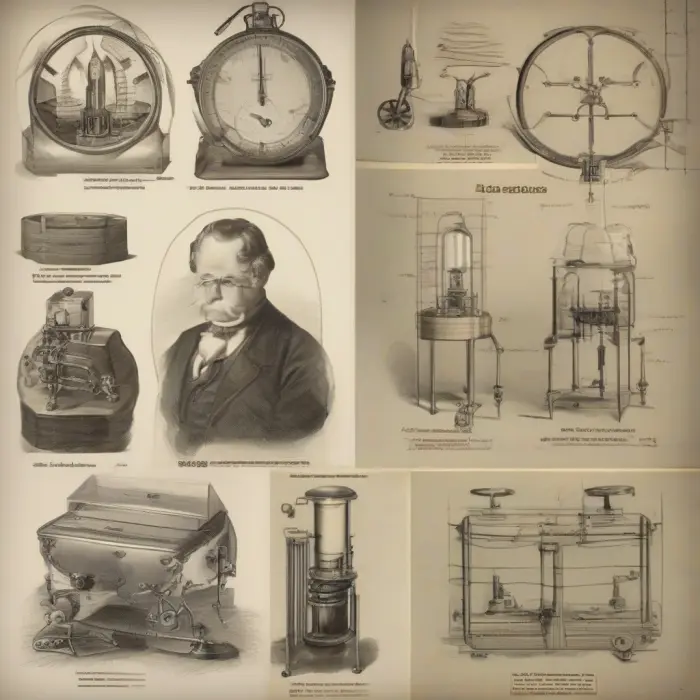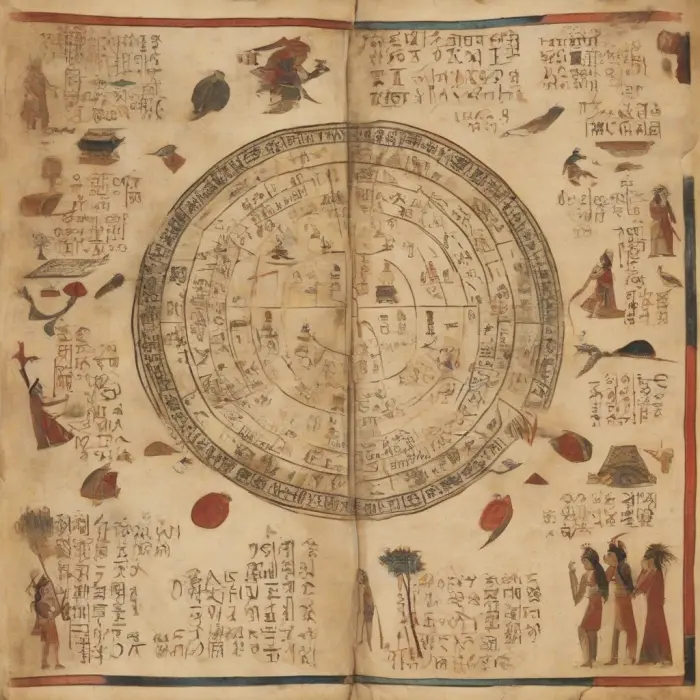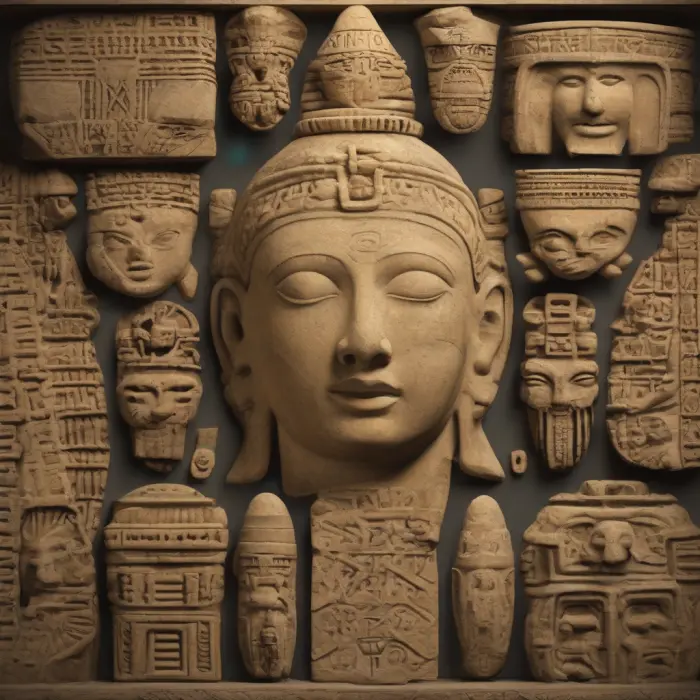The Unexplained Mystery of Parallel Universes: Facts and Speculations
The idea of parallel universes, or a multiverse, is one that has fired the imaginations of everyone from philosophers and scientists to writers and filmmakers for centuries. The notion that we could be existing in one of countless, possibly even infinite, universes with different realities and versions of ourselves is simultaneously both fascinating and daunting. But the question remains, is this notion just a figment of our imagination, or does it have roots in some form of truth?
Origins in Quantum Physics
The concept of parallel universes sprouted from the bizarre realm of quantum mechanics. Werner Heisenberg, a renowned physicist, presented the "Uncertainty Principle," stating that we cannot know both the precise location and speed of a particle. It suggested the existence of multiple scenarios, essentially a multitude of possible realities.
Likewise, Hugh Everett, another physicist, proposed the "Many-Worlds Interpretation" in 1957. This theory proposed that for every possible outcome of a quantum event, the universe splits into parallel branches, therefore creating parallel universes. However, these are still theoretical ideas unproven by empirical data.
Main Types of Parallel Universes
Based on various theories, there are several types of parallel universes that scientists have considered:
- Level I: An extension of our own Universe. These universes are all the same, just located in different parts of space.
- Level II: Regions that exhibit different physical laws and fundamental constants. These areas are so drastically different they could be considered their own universe.
- Level III: "Many-Worlds" interpretation of quantum mechanics. This suggests every possible alternative history and future are real, each representing an actual universe.
- Level IV: Universes with different mathematical structures. This theory fundamentally alters the concept of reality.
However, the existence of each 'level' is still under debate in the context of conceptual and empirical validation.
Exploring the Parallel Universe
A significant problem in the study of parallel universes is their potential unobservability. Even if parallel universes do exist, they could be forever beyond our reach, making it virtually impossible for us to interact with or measure them.
Nevertheless, scientists have uncovered indirect evidence that could suggest the existence of parallel universes, such as the phenomenon of dark energy and quantum entanglement. But again, these are still speculations rather than confirmations.
Mysteries Remaining
Parallel universes remain a complex, unproven theory nestled within the confines of theoretical physics and metaphysics. Illuminating this shadowy concept might be a matter of finding new ways to examine the universe or creating innovative theories to unravel the mysteries of reality. Whichever path we take, the fact remains that the idea of parallel universes continues to captivate and baffle, fertile ground for both scientific and philosophical exploration.
Conclusion
Whether these parallel universes exist or not, it's undeniable that the idea profoundly expands our understanding and imagination. The intriguing concept brilliantly exemplifies the dynamism and, at times, the sheer fantastical nature of scientific exploration. Until the day we have palpable evidence, the mysteries of parallel universes will keep sparking a sense of awe and curiosity for what lies beyond the known universe.
This seemingly infinite realm of possibilities leaves us asking: if there are parallel universes, just what versions of reality - and of ourselves - may exist out there?










